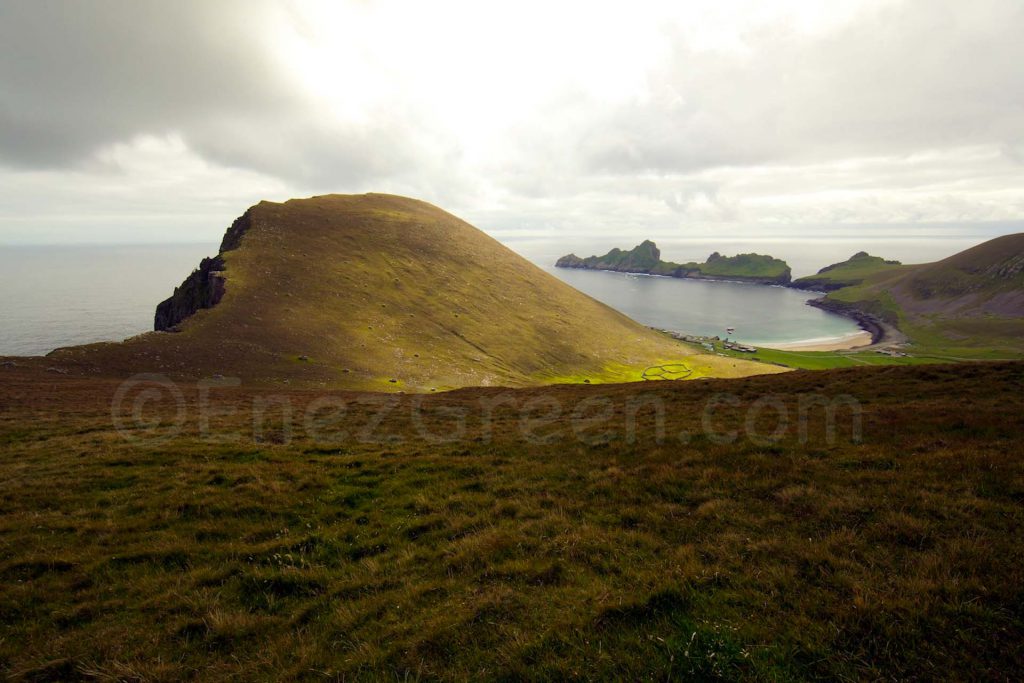A totally green electricity mix by 2020
Scotland has become for several years a new reservoir of renewable energies and keeps on at an unusual pace its energy transition in order to benefit in 2020 from a totally green electricity mix. With considerable resources, particularly in the north where the encounter between the Atlantic Ocean and the North Sea creates winds, waves and strong currents, the country intends to use all its coastlines, guaranteeing 25% resources of the European Union wind turbines and and a strong potential in the tidal wave power; the combination of the two would cover more than 20% of national electricity consumption. Winds of exceptional regularity allow some wind farms to achieve yields of 40% against 25% on average in the rest of the EU, while in terms of hydropower, the reliefs allowed until today ‘hui to operate much of the 1.2 GW hydropower potential but could still be installed as small plants or micro-generation.
A legislative framework in favor to renewable energy development
To achieve these excellent results, successive government since the early 2000s have set up a broadly favorable legislative framework in favor of the development of renewable energy. The “Renewables Obligation” for example, introduced in 2002, aims to invite the electricity suppliers to source through renewable energy sources. Each year, electricity suppliers thus had an obligation to provide a certain proportion of renewable electricity, increasing gradually (3% of the electricity sold in 2002, 11.1% in 2010, 15.4% in 2015 …) and materialized by certificates ROCs (Renewables Obligation Certificates).




